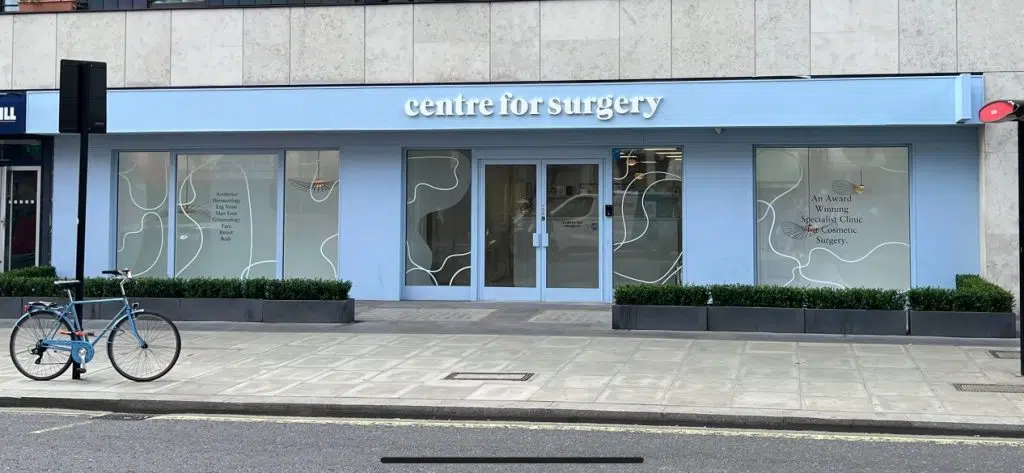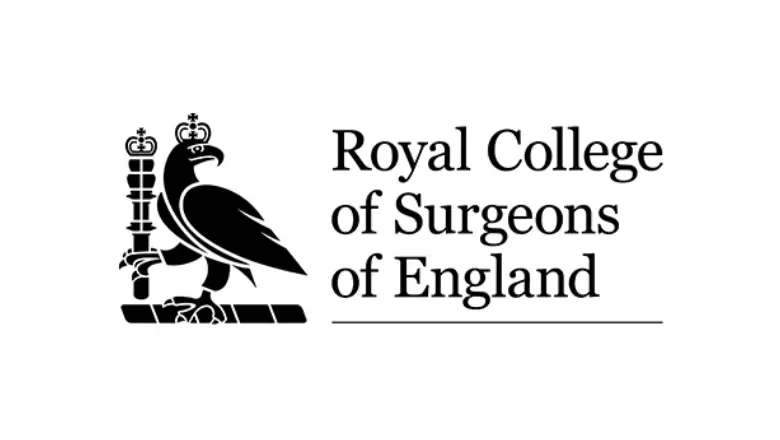Breast augmentation with implants is one of the most popular cosmetic surgery procedures in the United Kingdom. Many women who may be unhappy with the size or shape of their breasts can achieve larger, more enhanced breasts with breast augmentation, which may sometimes be combined with a breast lift. The procedure is designed to produce an attractive feminine appearance for a significant self-confidence boost. Modern-generation breast implants are much safer and more durable compared with previous generations of breast implants. Despite this, they will still need to be replaced after 10 or 15 years. Knowing when to have your breast implants removed and replaced will be guided by your surgeon’s advice, particularly if you have a breast implant problem. Here we discuss key aspects of breast implants and determine the best time to have them replaced.
RELATED: What are common breast implant problems?
How long do breast implants last?
Breast implants can last over ten years without causing problems for most patients. It is important to remember that saline and silicone implants are not designed to last indefinitely. Breast revision surgery will eventually be required, involving breast implant removal alone or breast implant replacement.
Many women may find they require several breast revision procedures during their lifetime to remove older implants and replace them with brand-new ones. Many women simply prefer to have their breast implants removed. In any case, further breast surgery will be required in the future to remove implants.
Why do breast implants need replacing?
Our surgeons generally recommend that breast implants should be replaced after 10 or 15 years to minimise the risk of complications occurring. Other reasons to have breast implant replacement include:
- Capsular contracture
- Implant rupture
- Implant malposition
- Desire to go bigger or smaller
- Errors in surgical technique
- Implant rippling
RELATED: Breast Implant Options
Breast implants do not last forever and will eventually need replacing. In some cases, breast implants can develop problems requiring corrective surgery. Capsular contracture is one of the most common problems affecting breast implants, but the risk of developing this is still relatively low. This condition involves the development of dense scar tissue surrounding the implant, which may result in underlying distortion of the implant with associated discomfort. In severe grades of capsular contracture, the breasts may appear deformed. Some patients may simply decide they don’t want to have large breasts as they get older and wish to have smaller-sized implants instead.
How will I know if my breast implants need replacing?
It is good practice to attend a breast implant check every three years with your plastic surgeon. This will help to ensure there are no problems that could be caused by your breast implants. Breast implants may need to be replaced after being in the body for over ten years, even if they have not caused any symptoms.
Capsular contracture
Capsular contracture involves the formation of dense scar tissue around the breast implant. In certain cases, the scar tissue can contract, leading to a distortion in the shape of the underlying implant. Patients may notice the breast feels firmer or may have a different shape. You should book a consultation to see your surgeon urgently as you may require breast implant replacement. Capsular contracture can be easily fixed with breast implant replacement surgery. Women who develop the condition may find it is more likely to occur again, and this is often related to the individual wound healing response.
Saline implant deflation
Although rarely used in the UK, saline breast implants are still commonly used in the USA, and our surgeons are occasionally asked to assess patients who have problems with saline implants. During surgery, saline implants are inserted into the chest in an empty state. Once the surgeon is satisfied with the correct position of the implant, it is then inflated with a sterile saline solution. Saline implants occasionally develop leaks and may undergo deflation. This is an easy problem to spot because the involved breast will be visibly smaller compared with the other side. This complication will require corrective surgery to remove the deflated implant and replace it with a new implant. We would recommend replacement with silicone implants as these have a better risk profile.
Silicone implant rupture
Compared with saline implant deflation, identifying when silicone implants have ruptured may be more difficult. Silicone implants are filled with a highly cohesive silicone gel which is designed to remain inside the outer shell even with a rupture. This is why we recommend everyone who has silicone implants have a breast MRI every three years to detect potential leaks. In some cases, high-resolution ultrasound scanning of the breasts may be recommended for patients who cannot tolerate an MRI scan. Even with implant ruptures involving no silicone leakage, the implants should still be replaced as soon as the problem is identified to prevent further complications.
Implant malposition
In some cases, breast implants may not be positioned correctly or may migrate with time due to the expansion of the breast pocket. This may result in one breast looking visibly different from the other breast. This problem often requires corrective surgery with the removal of the old implant and replacement with a new implant in the correct position.
Implant rippling
Breast rippling may be visible through the skin and is an indication to have a breast implant replacement. This problem often occurs as the implant becomes visible as the skin thins out due to a reduction in the natural breast tissue. Implants may also fold on themselves with ageing as implants are prone to develop weakening of the outer shell. Muscular forces exerted by the pectoralis muscles are more likely to shift the implant into an undesirable position. Implant rippling is more commonly seen with saline implants. It is rarely seen with modern-generation silicone implants positioned in the correct plane.
Breast asymmetry
Breast augmentation is a highly successful procedure however, a small minority of patients may notice exacerbation of pre-existing breast asymmetry or uneven breasts. Breast augmentation results that lead to significant discrepancies in the size of the breasts may require breast implant revision to get the best results.
Change implant size
Breast implants can remain inside the body for many years without causing problems. Despite this, the natural ageing process may affect the aesthetic ideal over time. Younger women in their 20s often desire larger breasts. Older women in their 40s and above may want to achieve natural-looking results with a subtle enhancement. Larger implants can be swapped out for smaller implants if preferred. Implants can be removed and combined with fat transfer breast augmentation for breast enhancement without problems associated with implants. Breast augmentation with implants is commonly requested by women who want to achieve larger breasts. Revision breast surgery will eventually be required as implants will age over time, or they may develop complications necessitating their removal. If you would like to consider breast implant replacement, reach out to us today to schedule an in-person consultation with a specialist breast surgeon.
Why choose Centre for Surgery for breast implant replacement?
Centre for Surgery is a specialist cosmetic surgery clinic in London renowned for expertise in all types of corrective breast surgery, including breast implant removal, breast implant replacement and breast implant revision surgery. Our surgeons can help you get the results and look you would like to achieve. They will discuss the procedure with you and determine if breast augmentation will help you achieve your personal and aesthetic goals.










